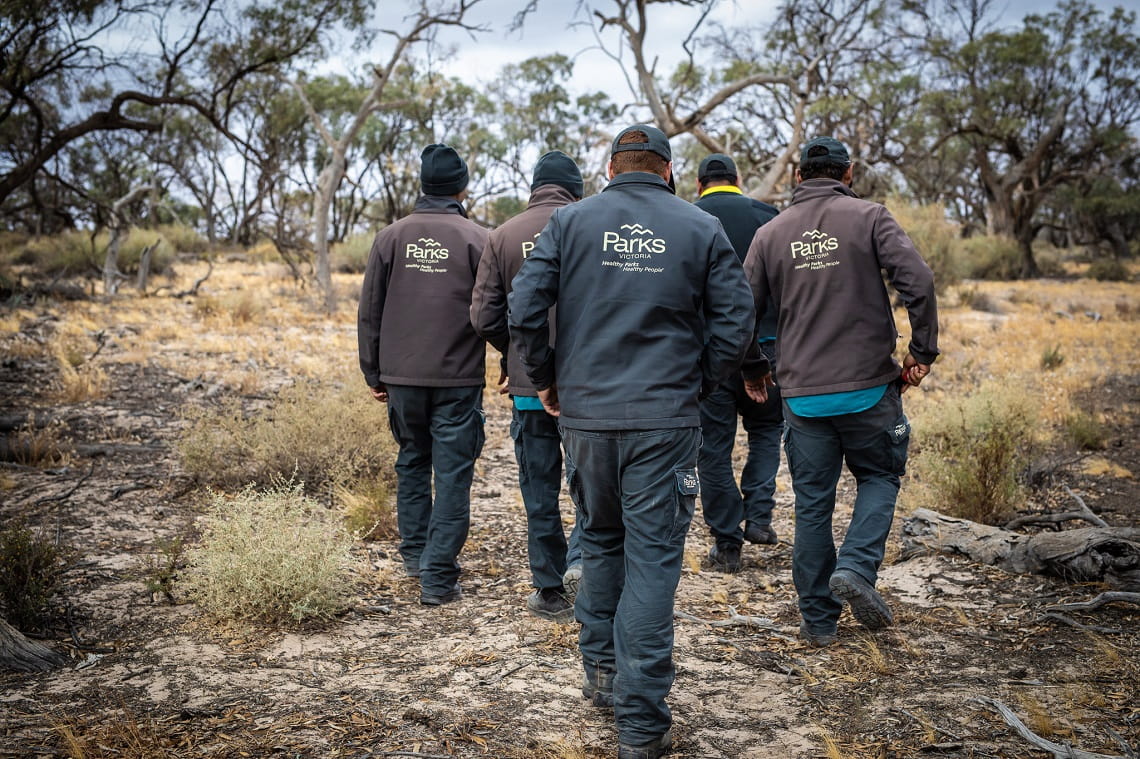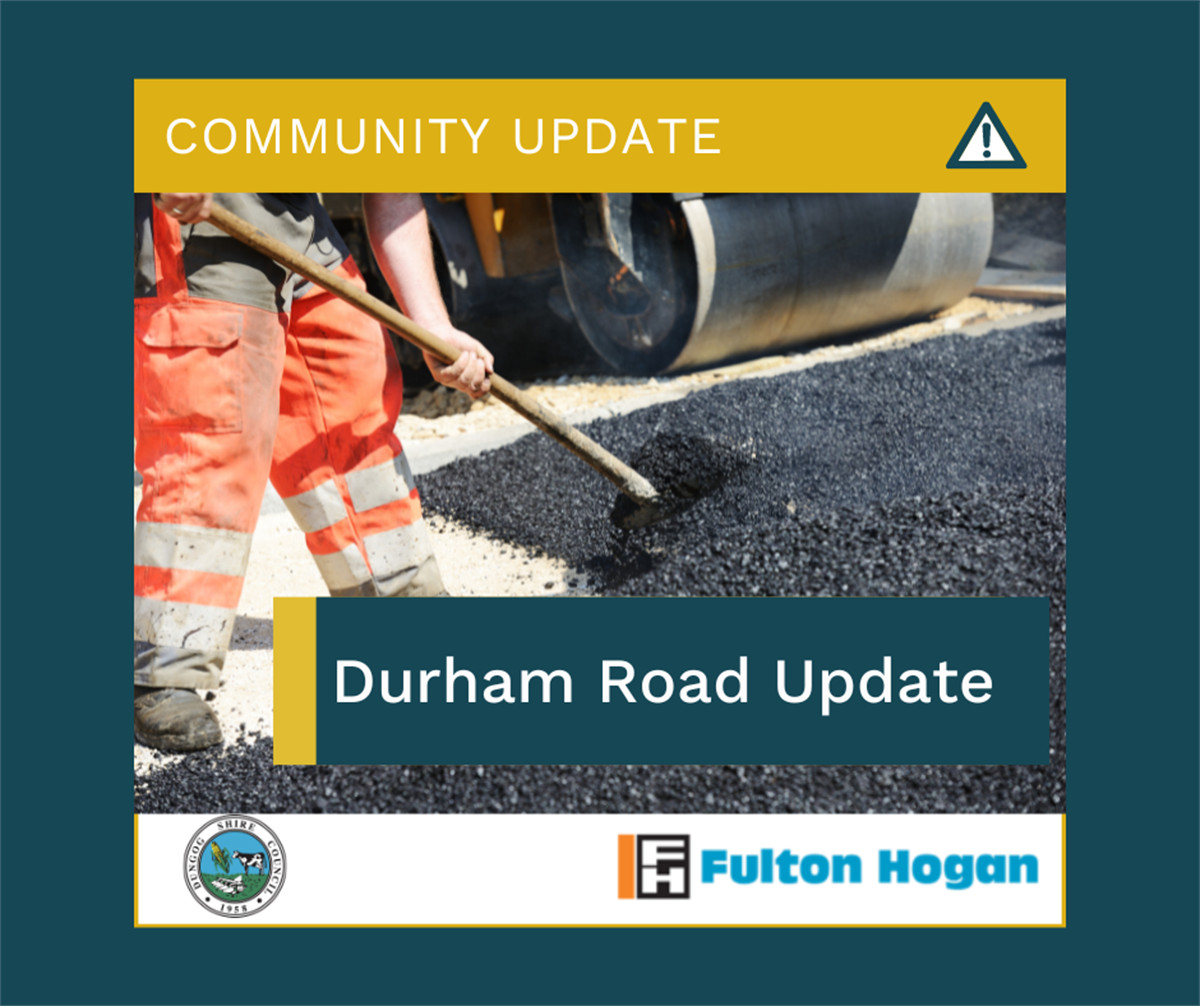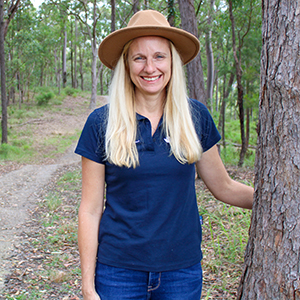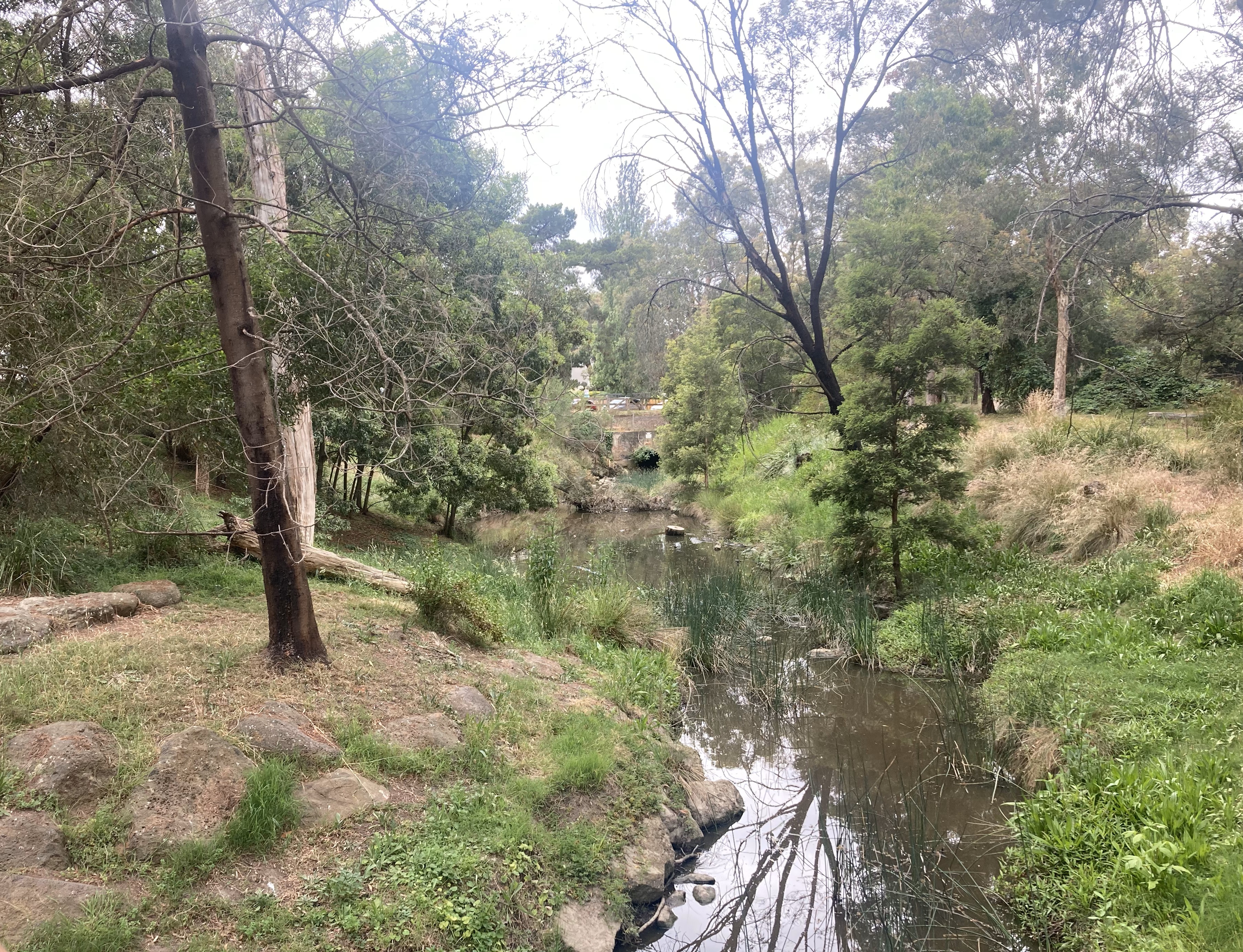Variability in farm profits and strategies to respond to high costs and seasonal conditions are revealed in the 75 farm survey results of the 2018–19 Dairy Farm Monitor Project.
The Dairy Farm Monitor Project provides annual farm level data related to profit and production in Victoria. The latest report is the thirteenth to be produced in collaboration with Dairy Australia.
The top performing farms in the project have shown timely decision making combined with a business analysis approach were key strategies to managing the dry conditions throughout the 2018–19 financial year.
While profits were mixed across the regions, the project reported average earnings before interest and tax were $85,000 in 2018–19, half of the level set the year before.
When interest and lease costs are considered, average net farm income across the state fell to -$24,000, the fourth lowest in the 13-years of the project.
Agriculture Victoria’s Farm Business Economist Claire Waterman said there was a significant variation in profitability across the three dairy regions of Victoria.
“The dry conditions have led to a 20 per cent increase in variable costs as a result of higher irrigation water, concentrates and fodder prices,” Ms Waterman said. “Farmers also spent more on making homegrown feed, including fertiliser, hay and silage making costs.”
Across South West Victoria’s survey results, net farm income improved on the previous year to $27,000 yet remained below the long-term average.
In the North of the state, net farm income fell to -$85,000, the lowest level in the 13-year history of the project.
Across Gippsland, net farm income reduced to -$15,000 with varied seasonal conditions and profitability results.
Despite the increased costs and earlier culling in some regions, herd size among the farmers surveyed remained constant at an average of 357 cows.
Milk price improved six per cent to $6.13/kg MS compared to the previous year, partially offsetting the increased costs.
“Following a challenging 2018–19 season, more than 85 per cent of farmers predicted their farm profit will improve for 2019-20 underpinned by strong expectations for improved milk price and stable or improving milk production,” Ms Waterman said.
Download: Dairy Farm Monitor Project annual report
Agriculture Victoria and Dairy Australia provide a range of services to support farmers managing drought and dry seasonal conditions.
These services include one-on-one consultations, workshops and grants.








